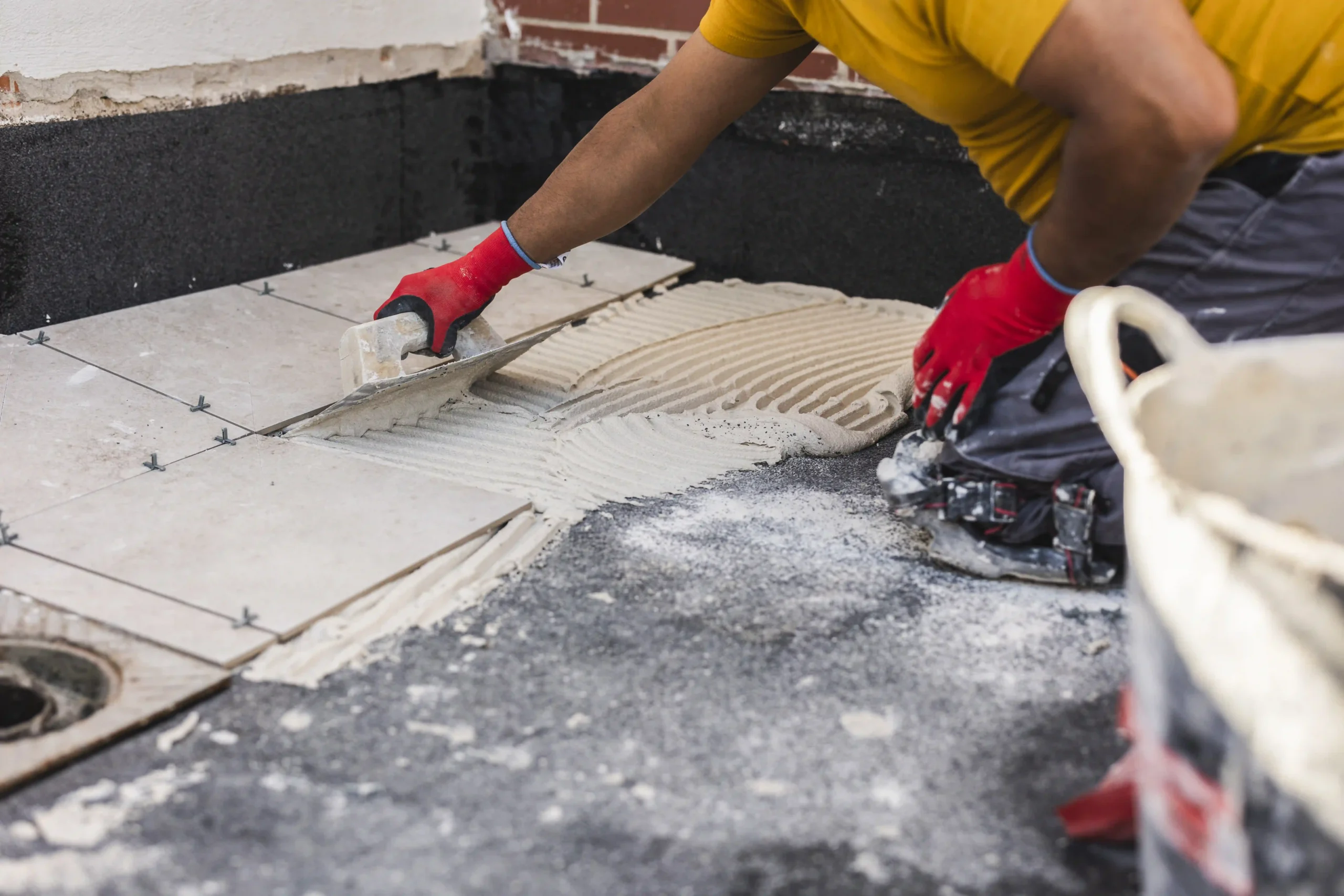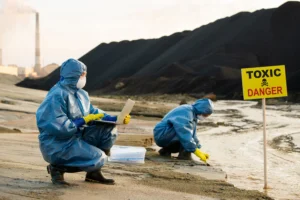Cleaning asbestos from your home after exposure requires careful planning and execution to ensure everyone’s safety. The process is divided into three major steps: cleaning through wet wipes, utilising a HEPA-rated vacuum to clear out any fibre release, and proper disposal as required by legal regulations. Any mistake or irresponsibility while handling can cause serious hazards to the person involved and contaminate the surroundings.
Asbestos-Cleaning Process | Restore Your Home After Exposure
Asbestos exposure in the home can happen during renovations or demolitions of older structures, such as attic insulation or vinyl flooring. Once it happens, immediate attention is required before it can cause any health issues to occupants. Cleaning asbestos requires proper training and should only be done by professionals, but if you have enough knowledge to do so, notify the regional authorities first.
Step #1: Assess the Situation to Mark Out the Severity
Before starting any cleanup process, assess the extent of the asbestos exposure.
- Do not attempt to identify asbestos yourself if you are unsure; hire a certified inspector to conduct sampling.
- If the contamination is
- Look for damaged ACMs, such as insulation, floor tiles or old pipe.
- widespread, ask the licensed asbestos abatement professional to handle the cleanup process.
Step #2: Ensure PPE Before Cleanup
If you find yourself in a situation where expert help is not immediately available, and you must manage the minor asbestos cleanup, follow the strict safety protocols. This is essential to prevent serious complications associated with the mineral.
- First, restrict access to the area completely and inform other residents about exposure.
- Wear disposable coveralls or suits that are impervious to asbestos fibres. Make sure to include goggles, gloves and head coverings too.
- Opt for a properly-fitted NIOSH-approved half or full-facepiece respirator with P100 filters.
- Use plastic sheeting and duct tape to isolate the contaminated space from the rest of the house.
- Turn off the HVAC systems to prevent the spread of harmful asbestos fibre all over the property.
Step #3: Wet Cleaning Method to Prevent Asbestos Spreading
Asbestos fibres are less likely to become airborne when damp. Using a wet method to clean asbestos is a highly recommended approach to prevent the spread of minerals to the surroundings. It saturates the materials and binds the fibre, thereby reducing exposure risks during the removal process.
- Prepare a solution; mix water with polyvinyl acetate at a ratio of approximately 1 part glue to 10 parts water.
- Use a spray bottle or hose to thoroughly wet the asbestos-containing materials before removal. Ensure they are saturated enough.
- Gently remove the wet asbestos materials using handheld tools to minimize breakage.
- Place the removed ACM directly into heavy-duty plastic bags or containers designed for hazardous waste.
- Reapply the wetting agents as needed during the removal process to ensure that all materials remain damp and to control the dust.
- Use a damp cloth or rags to wipe down surfaces in the work area to capture any remaining particles.
- Properly label all bags containing asbestos waste and dispose of them according to local regulations.
Step #4: Vacuum the Area for Thoroughly Cleaning Particles
HEPA filters are engineered specifically to trap 99.97% of particles that are too small. This high level of filtration is essential for mitigating health risks associated with asbestos exposure. Standard household vacuums do not have the capacity to effectively filter such small particles, making HEPA necessary.
- Ensure the vacuum is properly set up according to the manufacturer’s instructions and verify the filter is in place.
- Use a slow and methodical vacuuming technique to ensure thorough cleaning. Avoid rapid movements that could disturb settled fibres.
- Vacuum all horizontal surfaces, including floors and ledges, to capture any debris.
- After cleaning, carefully remove and seal the vacuum bag or canister according to control of hazardous waste regulations.
- Conduct a secondary cleaning using a damp cloth or mop with a wetting agent.
Step #5: Self De-contamination to Avoid Health Complications
Once you have completed the task, remember to sanitize yourself. It is important to ensure that individuals who have handled or worked in an asbestos-contaminated environment stay protected and avoid inadvertently bringing the fibres into clean areas.
- Carefully remove and dispose of PPE by peeling it off from the inside out to minimize the risk of disturbing the particles. Place these items directly into the same disposable bag.
- Handle the face mask last, keeping it on until all other contaminated clothing has been removed.
- Immediately shower or wash the exposed skin areas with warm soapy water. Pay special attention to hands, face and neck. This helps remove any remaining substance adheres to the body.
- Seal and label any used cleaning materials, such as towels, rags or wipes.
- Following self-decontamination, wash hands and any exposed area again after even touching to disposable bag.
Step #6: Disposal of Waste as Per Federal Regulations
Asbestos disposal is governed by strict regulations to mitigate health risks. In the UK, CAR 2012 set out that only licensed waste disposal sites authorized by the Environmental Agency can accept asbestos waste.
- The disposal must be double-bagged using heavy-duty plastic. The inner bag should usually be red and marked with clear warning labels.
- Obtain necessary permits from local authorities or notify them of the details about the procedure and waste origin.
- It should be taken to a landfill specifically authorized to accept asbestos materials.
If you need guidance, contact your local waste management authority to responsibly discard the material. At the end, after you ensure everything is clean schedule an appointment with a professional to test the air quality for asbestos levels and confirm the home is safe for all.
Conclusion:
Clearing asbestos from your home can pose significant health risks if not performed and disposed of correctly. When doing it yourself, follow strict safety practices and protective measures. Wet the area before cleaning and vacuum in the end to ensure the area is tidy and completely asbestos-free.
Remember: Asbestos is highly dangerous, so if there is widespread contamination, hire a licensed professional to clean up the home.




